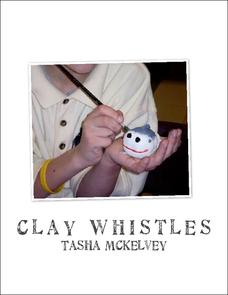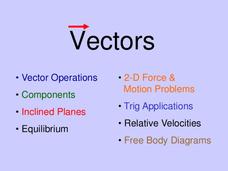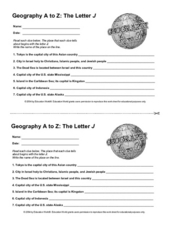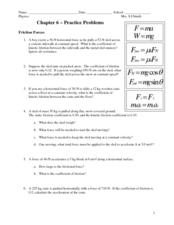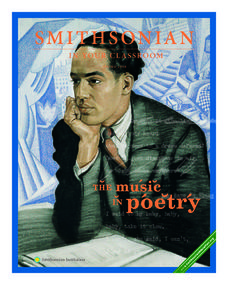Curated OER
Reading a Calendar
Calendars are great for so many reasons. They keep track of time, can help teach children to read charts, show numbers in sequential order, and are perfect for word problems. First graders assess three different calendars to answer 11...
Tasha McKelvey
Clay Whistles
Create clay whistles with your elementary or middle school young scholars. The project is outlined in great detail here, complete with step-by-step photographs, finished examples, a materials list, student handouts, and a rubric....
Math Learning Center
Fourth Grade Assessments and Scoring Checklists, Common Core State Standards
Find out how your class is progressing in math with a set of assessments. Learners finish a baseline assignment to assess where they are beginning the year and then work on tests with increasing difficulty as the year progresses.
Scholastic
Transitional Guided Reading
Use a fill-in-the-blank lesson plan template to enhance your guided reading lesson plans with details surrounding decoding strategies, fluency and phrasing, vocabulary strategies, comprehension, and more!
Urbana School District
Vectors
I don't always make vector jokes, but when I do, IJK. Vector addition using multiple methods, scalar multiplication, vector subtraction, vector components, relative velocities, free body diagrams, and so much more Are covered in this...
Read Works
Halloween Leftovers
Halloween isn't fun for everyone — but playing together is! Read about Esme and her space pirate friend with a short reading passage, accompanied by ten short answer questions.
California Department of Education
Etiquette? What’s That?
Business etiquette is a big deal! Are your scholars prepared to impress in the business world? The third in a series of six college and career readiness lessons focuses on basic behaviors in business situations. Groups research specific...
Reading Through History
The Proclamation of 1763
The French and Indian War concluded with an important proclamation—that is, The Proclamation of 1763. Scholars read about the policies in the document and how the different sides of the French and Indian War reacted. Following, they...
Curated OER
Physics 152 Fall 2004 Final Exam, Parts A, B, C, D
At the end of a general physics course focused on light and electricity, you can administer this exam. Concepts covered include electromagnetism, circuits, induction, light rays, lenses and mirrors, characteristics of light, electron...
Curated OER
Geography A to Z: The Letter J
How many states, capitals, countries, and locations do your kids know that begin with the letter J? Hopefully they know seven of them, because that's the number of questions on the fun and fast worksheet.
Curated OER
Chapter 6 - Practice Problems: Forces
Zip through 13 physics problems with force! Equations are printed in large text in the upper-right corner of the page. Pupils change friction forces, deal directly with Newton's second and third laws of motion, and name fundamental...
Prestwick House
The Sign of the Beaver Student Response Journal
Discuss the themes and events of Elizabeth George Speare's The Sign of the Beaver with a collection of journal topics. Each chapter contains two or three questions for kids to consider and write about, for a total of 24 questions.
Learning for Life
Exhibition Responsible Citizenship
While we hope our children may never have to witness a crime firsthand, give them the tools to recognize what is happening and respond accordingly. These activities help learners sharpen their observation and memory skills, as well...
Shmoop
Box, Stem-Leaf, and Histogram
A helpful and versatile worksheet requires young mathematicians to analyze data in order to create graphs and answer questions. Additionally, it prompts learners to find the mean, median, mode, and range of some of the data sets.
InqueryPhysics
Interpreting Motion Graphs
Every movement in the world can be measured and even motionless objects can be significant indicators of movement. Focus on motion graphs that feature distance vs. time, speed vs. time, and positive and negative acceleration.
Curated OER
Apparent Motion of the Sun
Demonstrate the path of the sun across the sky at different times of the year with an engaging science lesson. Learners use a series of questions and diagrams to examine the movement of the sun and appearance of the sky around their...
Curated OER
Mannerism (1520-1600)
Young artists are immersed into the tranformative world of Manneristic Art and Architecture during the Renaissance in this vivid presentation. Providing not only clear and concise charactertistics of Mannerism but examples of many...
Curated OER
Amazing metals: Nevada quarter reverse
Nevada's nickname is "The Silver State" and metal is what this lesson is all about. Pupils will make a T-chart to discuss the differences between metals and minerals, then write and explain the properties of metal. They will get into...
Florida Center for Reading Research
Vocabulary: Words in Context, Pun Fun
Scholars explore a variety of texts to locate wordplay. Partners read their selections and discuss meanings.
NASA
States of Matter
Water, one of the basic needs of humans, is found in all three states of matter on Earth; no other planet—that we know of—possesses this quality. Here is a unit that allows learners to explore through experimentation what it takes to...
Messenger Education
Exploring Exploring
The reason people first began trading was because of their desires for objects other societies possessed. In the activity, classes discuss why exploration has been a common thread in all societies and where these desires have taken...
Smithsonian Institution
Smithsonian In Your Classroom: The Music in Poetry
Take poetry off the page and put it into terms of movement, physical space and, finally, music with this series of three lessons from the Smithsonian Institution. This resource introduces students to two poetic forms that originated as...
Green Planet Solar Energy.com
Order of Operations 2 - More Practice!
Your learners will get plenty of practice calculating expressions remembering to use order of operations in this worksheet.
Curated OER
Electricity Lesson II: Electrical Symbols
Zap! It's time to discuss the various symbols seen when working with electrical equipment. Intended for a vocational audience, the presentation gives basic definitions, diagrams, and labels for 10 commonly seen electrical symbols.



